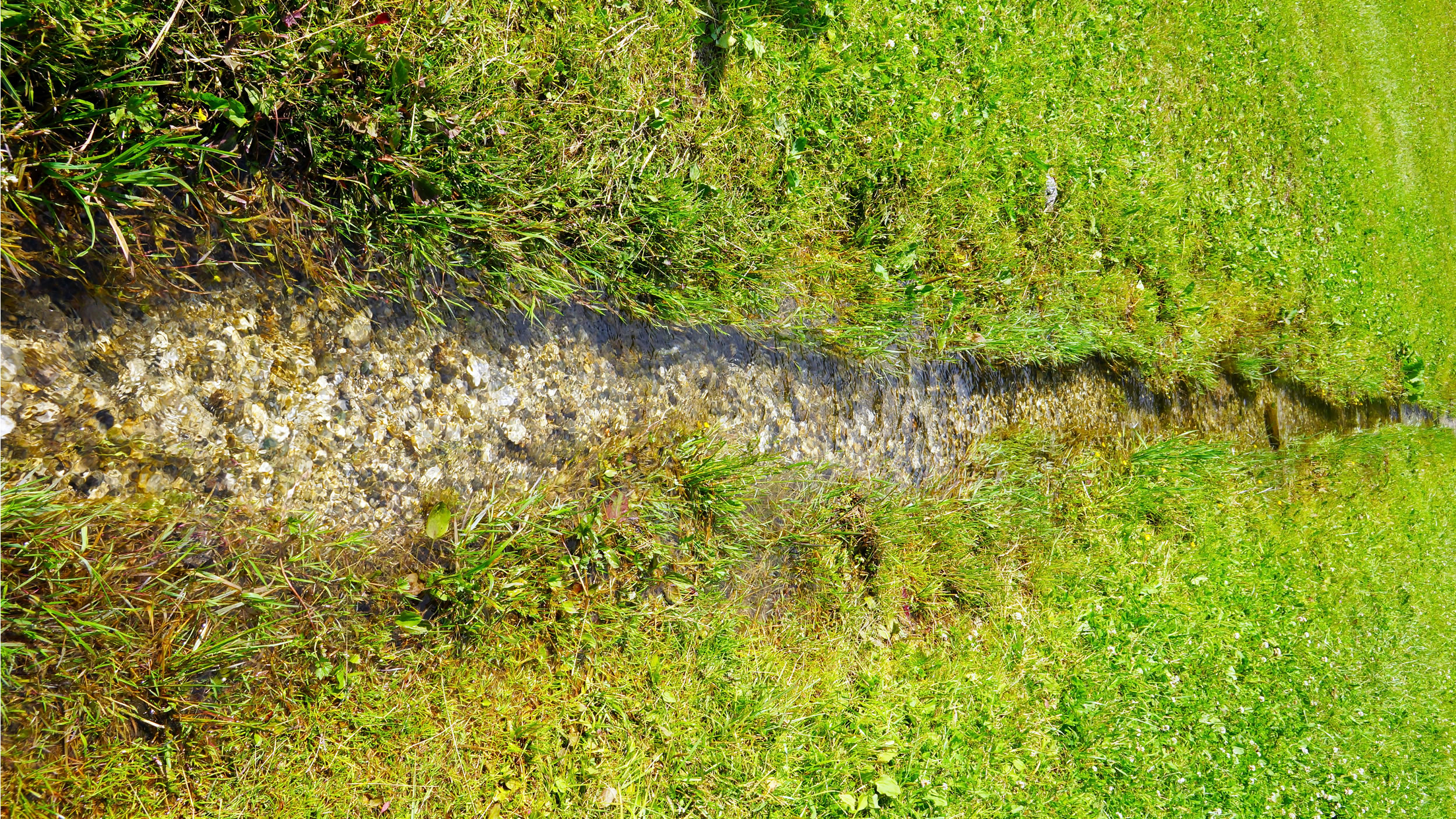Understanding Yard Erosion
Yard erosion is a common concern for homeowners, particularly those living in areas with heavy rainfall or on sloped terrain. Erosion can lead to the loss of topsoil, damage to landscaping, and even foundation issues if not addressed promptly. Understanding the causes and implementing effective prevention methods can save your yard and your home from potential damage.
Causes of Yard Erosion
Several factors contribute to yard erosion, including:
- Rainfall: Heavy and consistent rainfall can wash away the top layer of soil.
- Wind: In some regions, strong winds can carry away loose soil particles.
- Water runoff: Poor drainage systems can lead to excessive water flow, which accelerates erosion.
- Lack of vegetation: Plants and grass help hold the soil together. Without them, soil is more susceptible to erosion.
Effective Strategies to Prevent Yard Erosion
Preventing erosion requires a combination of landscaping techniques and structural solutions. Here are some effective strategies:
Planting Ground Cover
One of the simplest and most natural ways to prevent erosion is by planting ground cover. Plants like clover, ivy, and creeping juniper spread quickly and create a dense mat that holds soil in place. These plants also help absorb rainwater, reducing runoff.
Building Terraces
For yards on a slope, terracing can be a particularly effective method. By creating a series of step-like flat areas, terraces slow down water flow and provide areas for planting. This not only helps prevent erosion but also enhances the aesthetic appeal of your yard.
Installing Retaining Walls
Retaining walls are structures designed to hold back soil and prevent it from shifting. They are especially useful in areas with steep slopes. Materials like stone, brick, or wood can be used to build these walls, providing both functionality and style.
Improving Drainage Systems
Proper drainage is crucial in preventing erosion. Installing French drains, dry wells, or swales can help redirect water away from vulnerable areas of your yard. Ensure that gutters and downspouts are clear and direct water away from your home’s foundation.
Mulching
Applying mulch to garden beds and around plants can help retain moisture and prevent soil from being washed away. Organic mulches such as wood chips, straw, and bark are particularly effective as they also improve soil quality over time.
Long-Term Maintenance and Monitoring
Preventing yard erosion is not a one-time task. Regular maintenance and monitoring are essential to ensure that your yard remains healthy and stable.
Regular Inspections
Conduct regular inspections of your yard, especially after heavy rainfalls. Look for signs of erosion such as exposed roots, gullies, or sediment buildup.
Adjusting Strategies as Needed
Be prepared to adjust your erosion control strategies as needed. This might involve adding more plants, adjusting drainage systems, or reinforcing retaining walls.
Consulting Professionals
If erosion problems persist, it may be beneficial to consult with a landscape professional. They can offer tailored solutions and help implement more complex erosion control measures.
Implementing these strategies can greatly reduce the risk of erosion in your yard, preserving its beauty and functionality. Take action now to protect your landscape and home.
